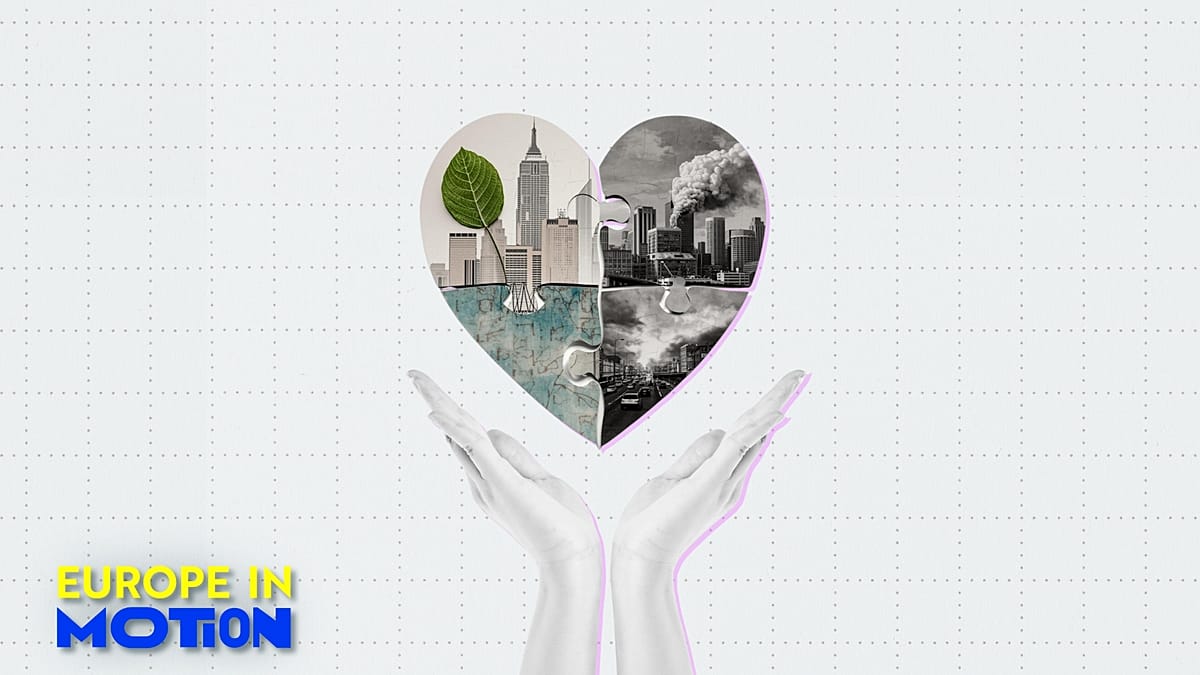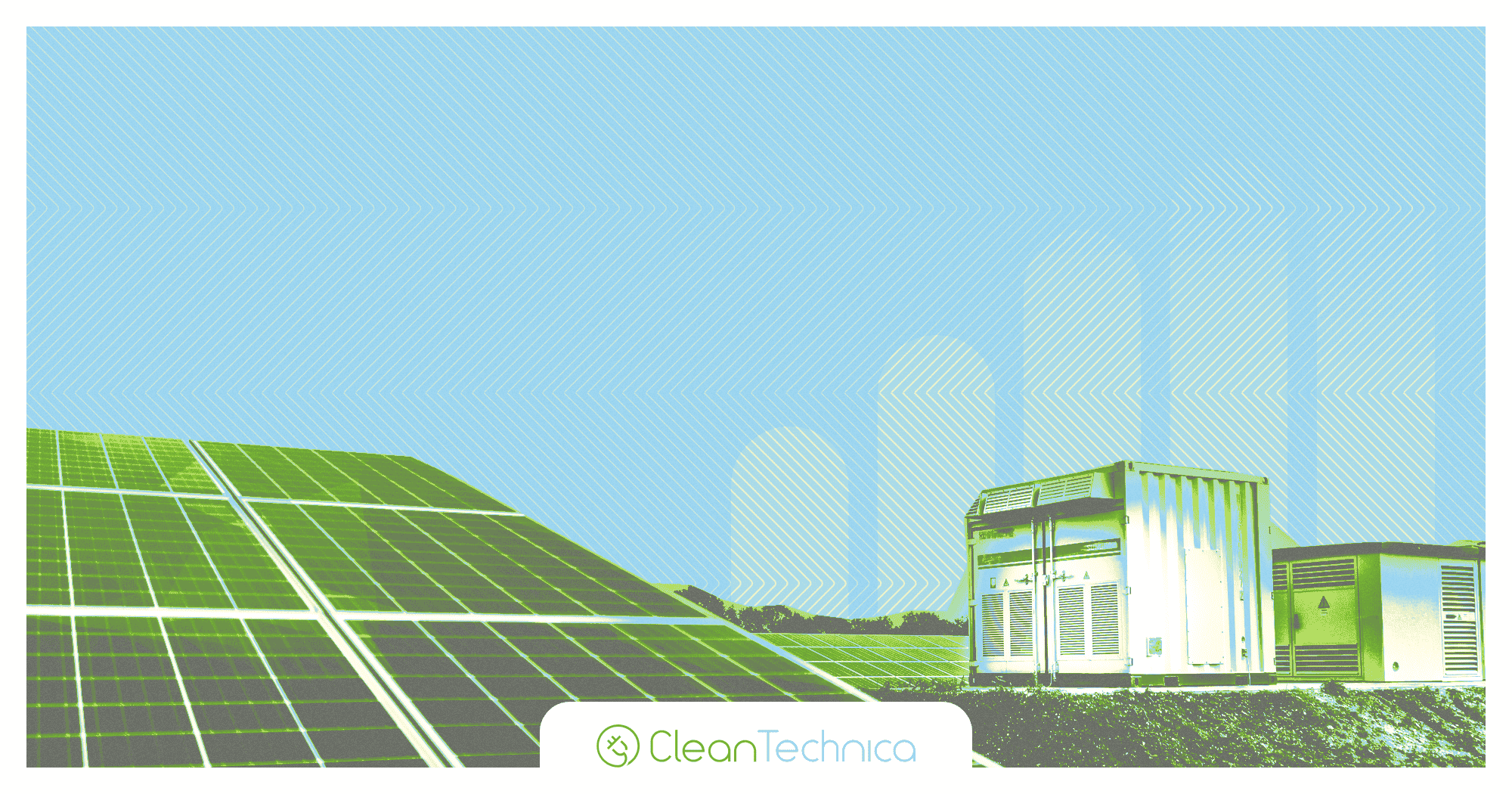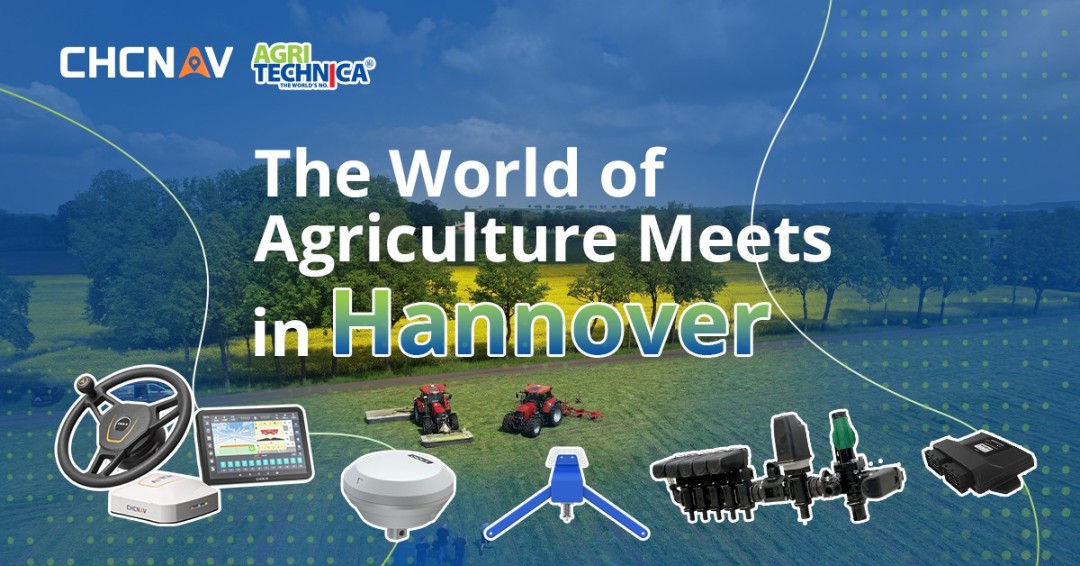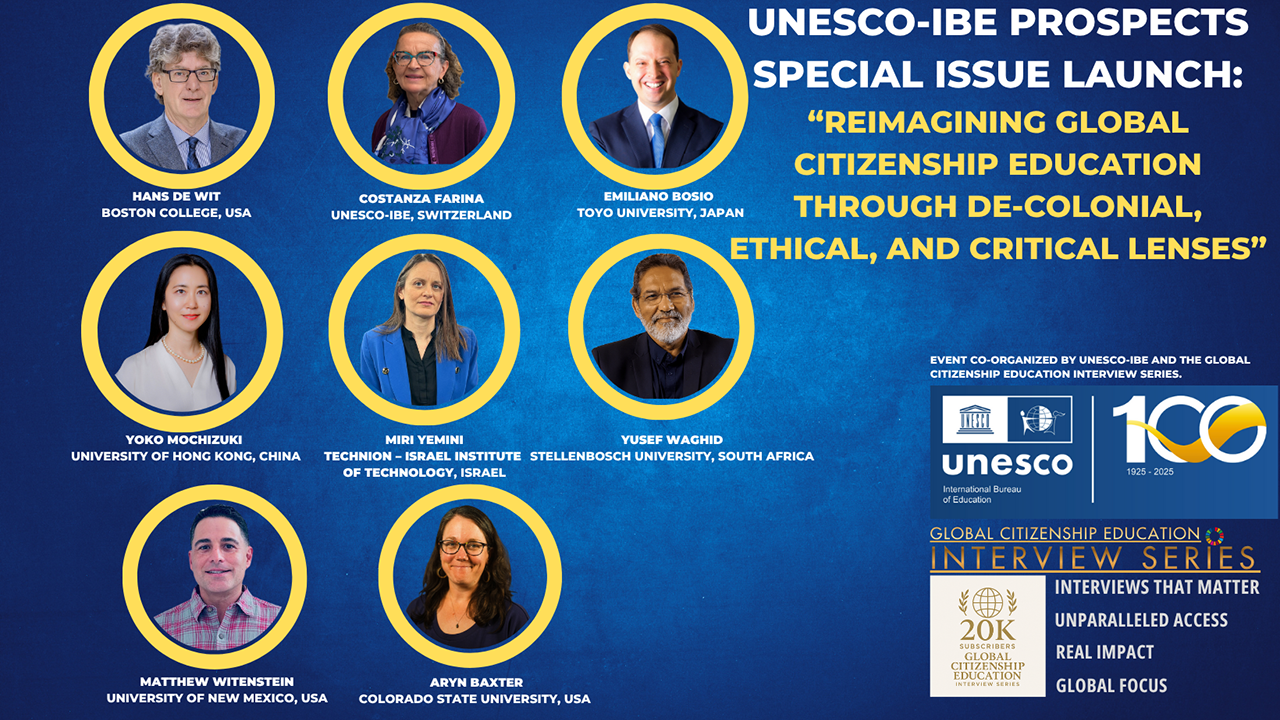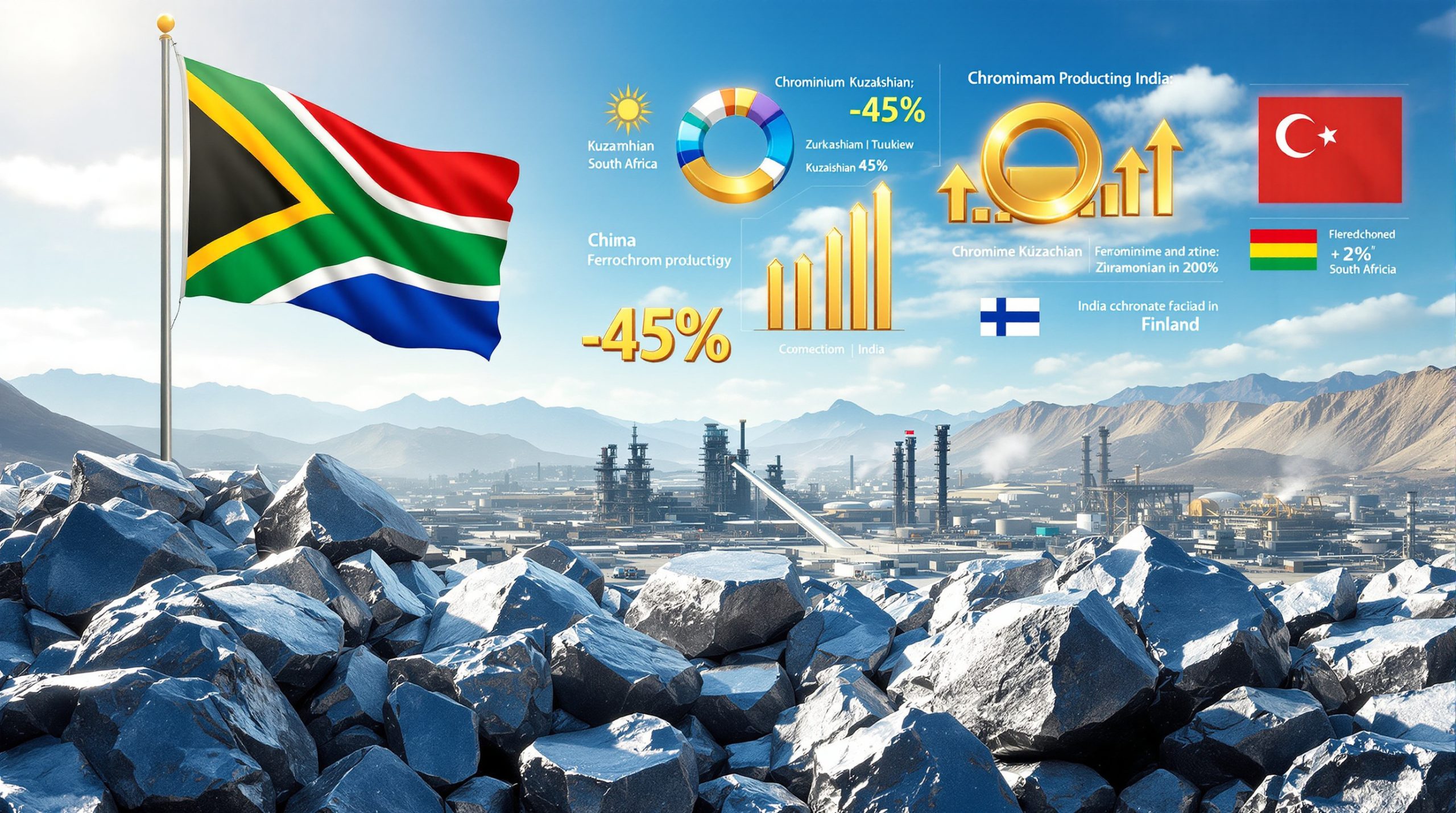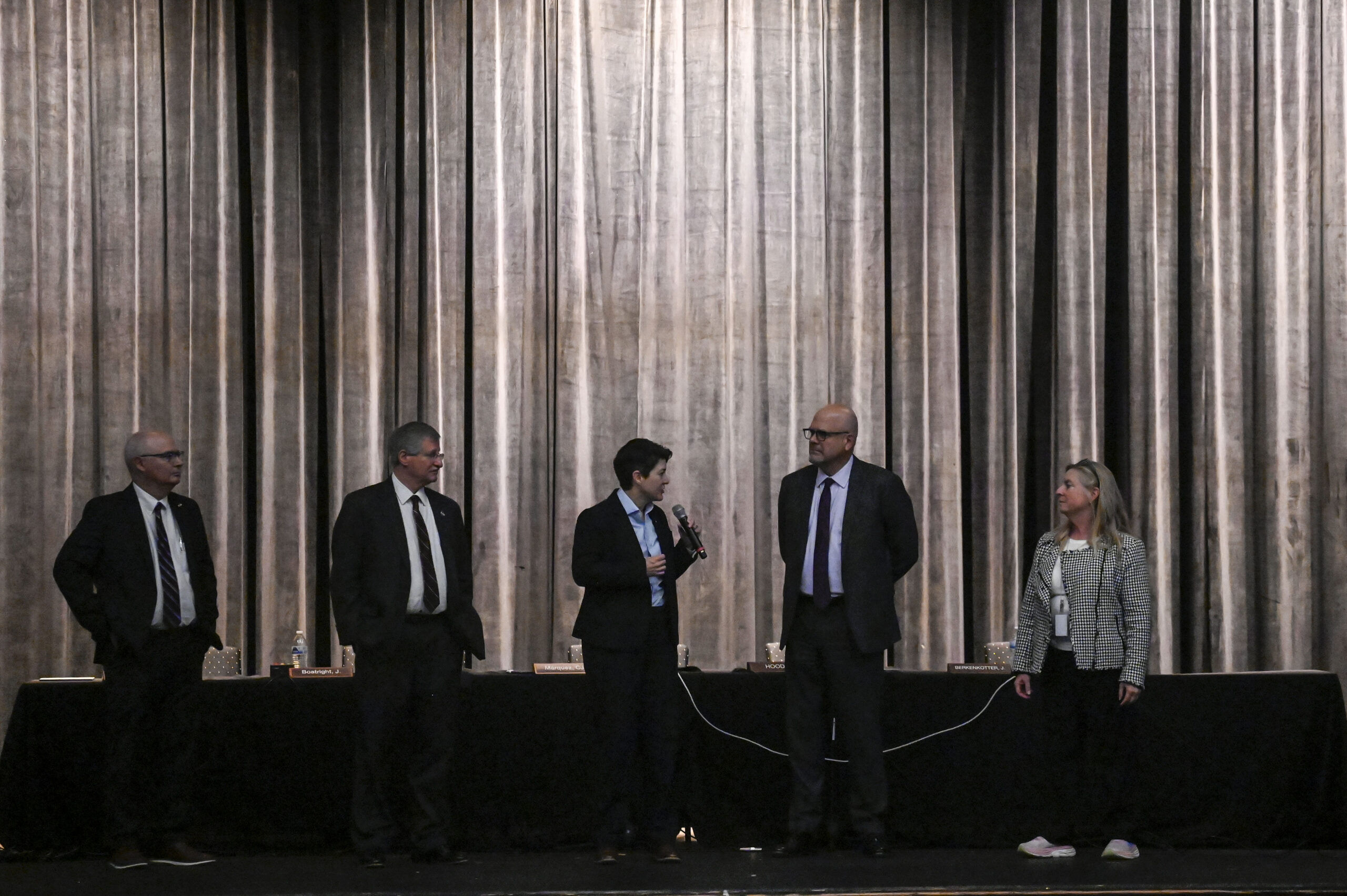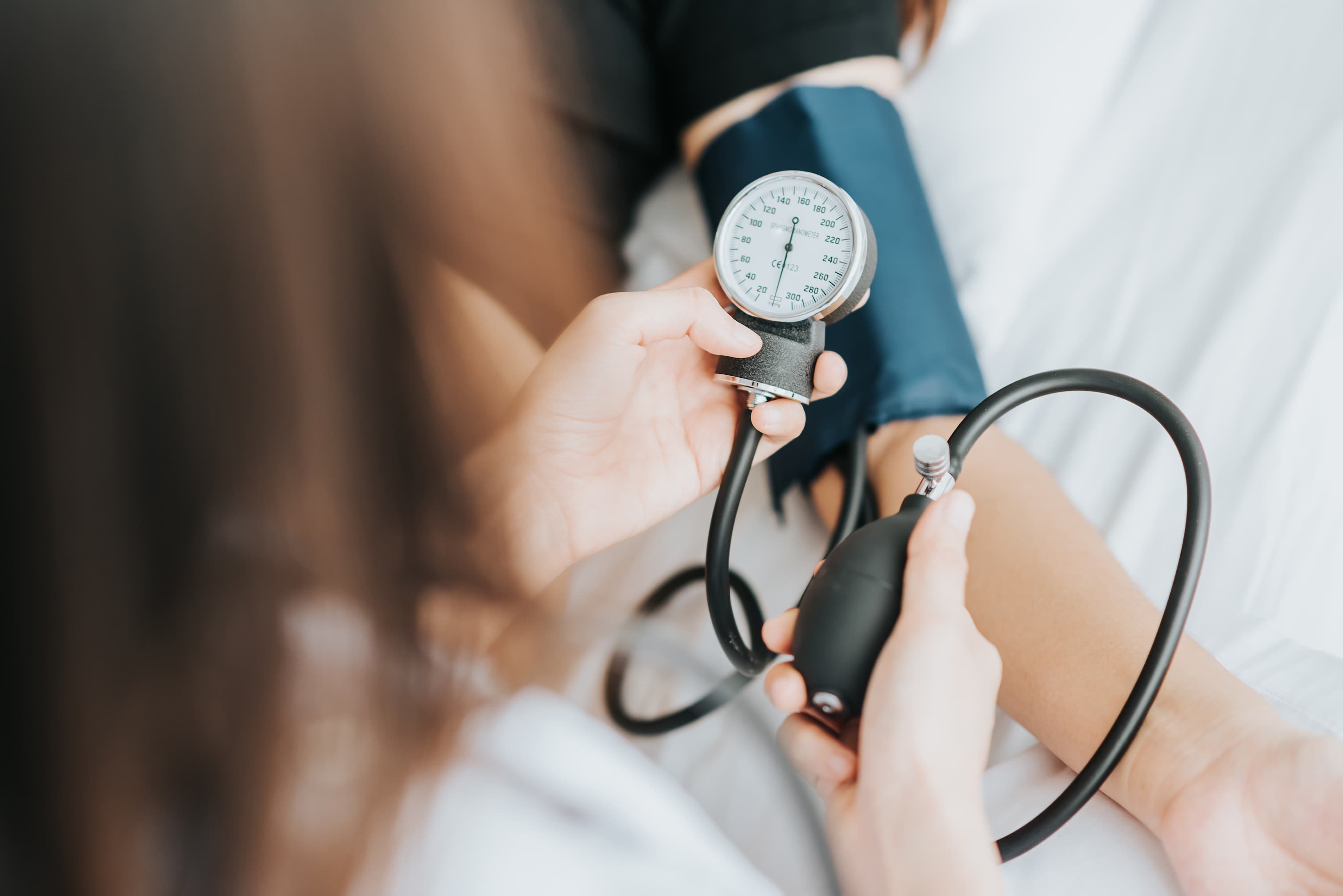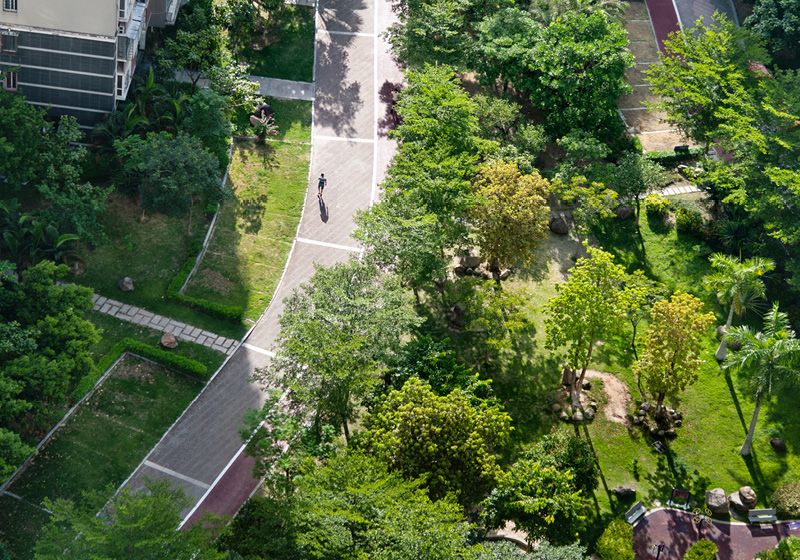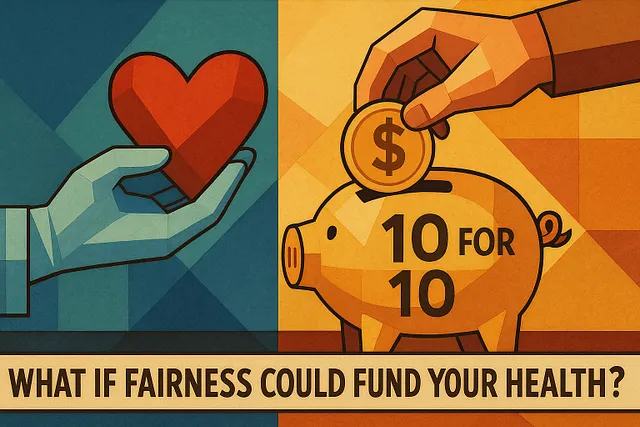Hypertherm releases 2024 Corporate Culture and Social Responsibility Report – Cutting Tool Engineering

Hypertherm Associates 2024 Corporate Social Responsibility Report: Progress on Sustainable Development Goals
The 2024 Corporate Culture and Social Responsibility Report from Hypertherm Associates documents significant progress in aligning its corporate strategy and operations with key United Nations Sustainable Development Goals (SDGs). The report details advancements across the company’s core pillars of Community, Environment, and Associate Well-being, embedding these commitments into long-range planning and performance metrics.
Strategic Integration of Sustainability
Hypertherm Associates has codified its commitment to sustainable development by integrating specific metrics into its Long-range Plan and Annual Operating Plan. This strategic move ensures accountability and drives progress on several SDGs.
- SDG 8 (Decent Work and Economic Growth) & SDG 4 (Quality Education): Formal goals have been established for injury risk reduction, associate engagement, sense of belonging, and hours dedicated to associate learning.
- SDG 11 (Sustainable Cities and Communities) & SDG 17 (Partnerships for the Goals): Performance is measured by the utilization of Community Service Time and team participation in the Green Leaf certification program.
- SDG 7 (Affordable and Clean Energy), SDG 12 (Responsible Consumption and Production), & SDG 13 (Climate Action): Progress toward the company’s 2030 Environmental Sustainability Goals is a key performance indicator.
Community Engagement and Social Impact
Through its HOPE (Hypertherm Owners’ Philanthropic Endeavors) Foundation and associate volunteerism, the company has advanced its contributions to community well-being, directly supporting multiple SDGs.
- Record Community Service: Associates contributed a record 35,012 hours of Community Service Time, fostering local partnerships and strengthening community resilience in line with SDG 11: Sustainable Cities and Communities.
- Strategic Philanthropy (2025-2027 Plan): The HOPE Foundation’s renewed strategic plan focuses on critical community needs that align with the following goals:
- SDG 3: Good Health and Well-being: Continued investment in Substance Use Disorder prevention and recovery.
- SDG 4: Quality Education: Focused support for STEM education, early childhood education, and resilience programs.
- Promoting Equality: The Foundation’s non-discrimination policy supports SDG 5 (Gender Equality) and SDG 10 (Reduced Inequalities) by ensuring equitable funding.
Environmental Stewardship and Climate Action
The company made tangible gains toward its 2030 Environmental Sustainability goals through infrastructure investment and associate-driven initiatives.
- SDG 12: Responsible Consumption and Production: Associate suggestions led to a significant reduction in hazardous waste.
- SDG 13: Climate Action: Greenhouse gas emissions were reduced by upgrading a solvent parts washer, demonstrating a commitment to mitigating climate impact.
- SDG 7: Affordable and Clean Energy: Investments were made to improve energy efficiency and implement sustainable infrastructure, including solar chargers for Electric Vehicles.
Associate Well-being and Decent Work
Hypertherm Associates demonstrated a strong commitment to its workforce, aligning with SDGs related to health, safety, and dignified employment.
- SDG 8: Decent Work and Economic Growth: The company improved workplace safety, reducing the Total Case Incident Rate from 1.6 to 1.4. This directly contributes to Target 8.8, which promotes safe and secure working environments for all workers.
- SDG 3: Good Health and Well-being: An increased emphasis was placed on mental health, ensuring associates and their families have access to necessary resources.
Analysis of Hypertherm Associates’ CSR Report and its Connection to SDGs
Which SDGs are addressed or connected to the issues highlighted in the article?
-
SDG 3: Good Health and Well-being
The article mentions the company’s focus on Substance Use Disorder prevention and recovery, increased emphasis on mental health, and improved safety with a reduction in the Total Case Incident Rate. These actions directly contribute to ensuring healthy lives and promoting well-being.
-
SDG 4: Quality Education
The HOPE Foundation’s strategic plan focuses on STEM education and Early Childhood education. Additionally, the company measures hours spent on Associate learning, all of which align with ensuring inclusive and equitable quality education.
-
SDG 7: Affordable and Clean Energy
The report highlights gains in energy efficiency and an investment in sustainable infrastructure through the implementation of solar chargers for Electric Vehicles, which relates to increasing the share of renewable energy and improving energy efficiency.
-
SDG 8: Decent Work and Economic Growth
The dedication to Associate well-being, demonstrated by improved safety records (Total Case Incident Rate reduction) and an emphasis on mental health, directly supports the goal of promoting safe and secure working environments.
-
SDG 10: Reduced Inequalities
The HOPE Foundation’s policy of not funding organizations that discriminate based on race, gender, gender identity, sexual orientation, religion, or ethnicity supports the goal of reducing inequality.
-
SDG 12: Responsible Consumption and Production
The article details progress towards the company’s 2030 Environmental Sustainability goals, including hazardous waste reduction and implementing more sustainable practices, which are central to ensuring sustainable consumption and production patterns.
-
SDG 13: Climate Action
The company’s efforts in greenhouse gas reduction, achieved by upgrading equipment, and integrating sustainability goals into its long-range plan, demonstrate action to combat climate change and its impacts.
-
SDG 17: Partnerships for the Goals
The entire report, the work of the HOPE Foundation with the community, and the engagement of Associates in community service (35,012 hours) exemplify the spirit of partnership between a private company, its non-profit foundation, and the community to achieve sustainable development.
What specific targets under those SDGs can be identified based on the article’s content?
-
SDG 3: Good Health and Well-being
- Target 3.4: By 2030, reduce by one third premature mortality from non-communicable diseases through prevention and treatment and promote mental health and well-being. The article’s mention of “increased emphasis on mental health” aligns with this target.
- Target 3.5: Strengthen the prevention and treatment of substance abuse, including narcotic drug abuse and harmful use of alcohol. This is directly addressed by the focus on “Substance Use Disorder prevention and recovery.”
-
SDG 4: Quality Education
- Target 4.2: By 2030, ensure that all girls and boys have access to quality early childhood development, care and pre-primary education so that they are ready for primary education. The focus on “Early Childhood education and resilience” supports this target.
- Target 4.4: By 2030, substantially increase the number of youth and adults who have relevant skills, including technical and vocational skills, for employment, decent jobs and entrepreneurship. The focus on “STEM education” and “hours spent on Associate learning” contributes to this target.
-
SDG 7: Affordable and Clean Energy
- Target 7.2: By 2030, increase substantially the share of renewable energy in the global energy mix. The “implementation of solar chargers for Electric Vehicles” is a direct contribution.
- Target 7.3: By 2030, double the global rate of improvement in energy efficiency. The mention of “greater efficiency in energy use” aligns with this goal.
-
SDG 8: Decent Work and Economic Growth
- Target 8.8: Protect labour rights and promote safe and secure working environments for all workers. The “improved safety, as the Total Case Incident Rate reduced” is a direct measure of progress toward this target.
-
SDG 10: Reduced Inequalities
- Target 10.2: By 2030, empower and promote the social, economic and political inclusion of all, irrespective of age, sex, disability, race, ethnicity, origin, religion or economic or other status. The HOPE Foundation’s non-discrimination policy is a direct implementation of this principle.
-
SDG 12: Responsible Consumption and Production
- Target 12.5: By 2030, substantially reduce waste generation through prevention, reduction, recycling and reuse. The “hazardous waste reduction” mentioned in the article is a clear action towards this target.
-
SDG 13: Climate Action
- Target 13.2: Integrate climate change measures into national policies, strategies and planning. At a corporate level, Hypertherm is doing this by building “2030 Sustainability Goal progress” into its “Long-range Plan and Annual Operating Plan.”
-
SDG 17: Partnerships for the Goals
- Target 17.17: Encourage and promote effective public, public-private and civil society partnerships, building on the experience and resourcing strategies of partnerships. The collaboration between Hypertherm Associates, its HOPE Foundation, and the community, as well as the engagement of Associates in community service, embodies this target.
Are there any indicators mentioned or implied in the article that can be used to measure progress towards the identified targets?
-
For SDG 3 (Good Health and Well-being)
- Indicator: Implementation of community programs for “Substance Use Disorder prevention and recovery.”
- Indicator: Implementation of programs providing “ready access to the right resources” for mental health.
-
For SDG 4 (Quality Education)
- Indicator: Support for community programs focused on “STEM education” and “Early Childhood education.”
- Indicator: “Hours spent on Associate learning” as a measure of internal training and skill development.
-
For SDG 7 (Affordable and Clean Energy)
- Indicator: Number of “solar chargers for Electric Vehicles” implemented.
- Indicator: Documented “greater efficiency in energy use.”
-
For SDG 8 (Decent Work and Economic Growth)
- Indicator: “Total Case Incident Rate,” which was reduced from 1.6 in 2023 to 1.4 in 2024.
-
For SDG 12 (Responsible Consumption and Production)
- Indicator: Measured “hazardous waste reduction.”
-
For SDG 13 (Climate Action)
- Indicator: Measured “greenhouse gas reduction” from specific projects like upgrading a solvent parts washer.
-
For SDG 17 (Partnerships for the Goals)
- Indicator: Total “hours of Community Service Time” utilized by Associates, which was 35,012 hours.
| SDGs | Targets | Indicators |
|---|---|---|
| SDG 3: Good Health and Well-being | 3.5: Strengthen the prevention and treatment of substance abuse. 3.4: Promote mental health and well-being. |
Community impact plan focus on “Substance Use Disorder prevention and recovery.” Increased emphasis on “mental health and ensuring that Associates and their loved ones have ready access to the right resources.” |
| SDG 4: Quality Education | 4.2: Ensure access to quality early childhood development. 4.4: Increase the number of youth and adults with relevant skills for employment. |
Community impact plan focus on “STEM education” and “Early Childhood education.” Measurement of “hours spent on Associate learning.” |
| SDG 7: Affordable and Clean Energy | 7.2: Increase the share of renewable energy. 7.3: Improve energy efficiency. |
“Implementation of solar chargers for Electric Vehicles.” Achieved “greater efficiency in energy use.” |
| SDG 8: Decent Work and Economic Growth | 8.8: Promote safe and secure working environments. | “Total Case Incident Rate reduced from 1.6 in 2023 to 1.4 in 2024.” |
| SDG 10: Reduced Inequalities | 10.2: Promote the social, economic and political inclusion of all. | HOPE Foundation policy not to fund organizations that discriminate based on race, gender, gender identity, sexual orientation, religion, or ethnicity. |
| SDG 12: Responsible Consumption and Production | 12.5: Substantially reduce waste generation. | Achieved “hazardous waste reduction.” |
| SDG 13: Climate Action | 13.2: Integrate climate change measures into policies and planning. | Achieved “greenhouse gas reduction by upgrading a solvent parts washer.” Integration of “2030 Sustainability Goal progress” into corporate long-range plans. |
| SDG 17: Partnerships for the Goals | 17.17: Encourage and promote effective public-private and civil society partnerships. | Associates utilized “35,012 hours of Community Service Time.” |
Source: ctemag.com

What is Your Reaction?
 Like
0
Like
0
 Dislike
0
Dislike
0
 Love
0
Love
0
 Funny
0
Funny
0
 Angry
0
Angry
0
 Sad
0
Sad
0
 Wow
0
Wow
0
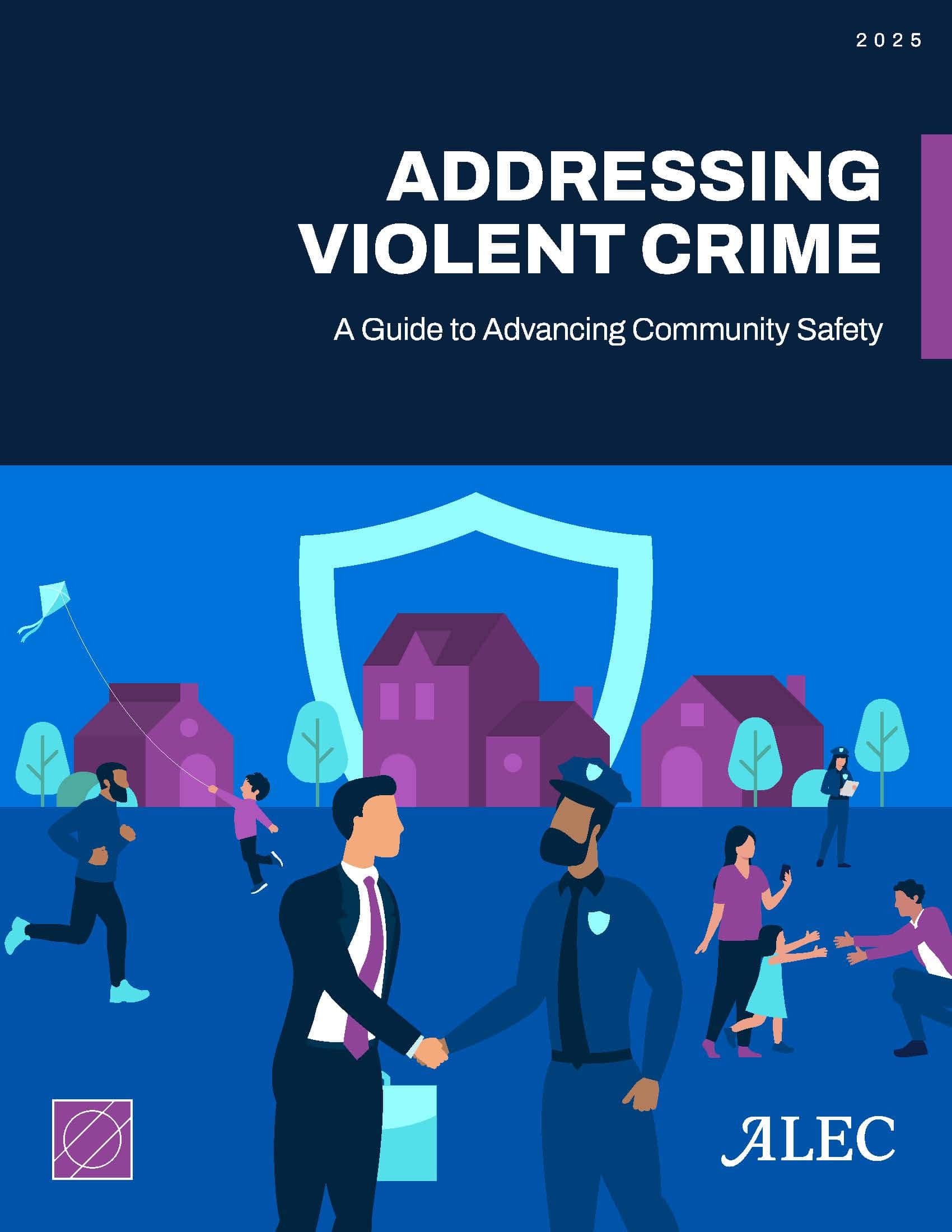


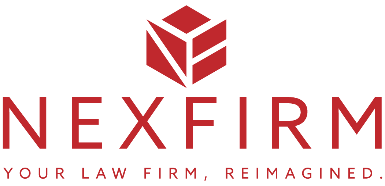





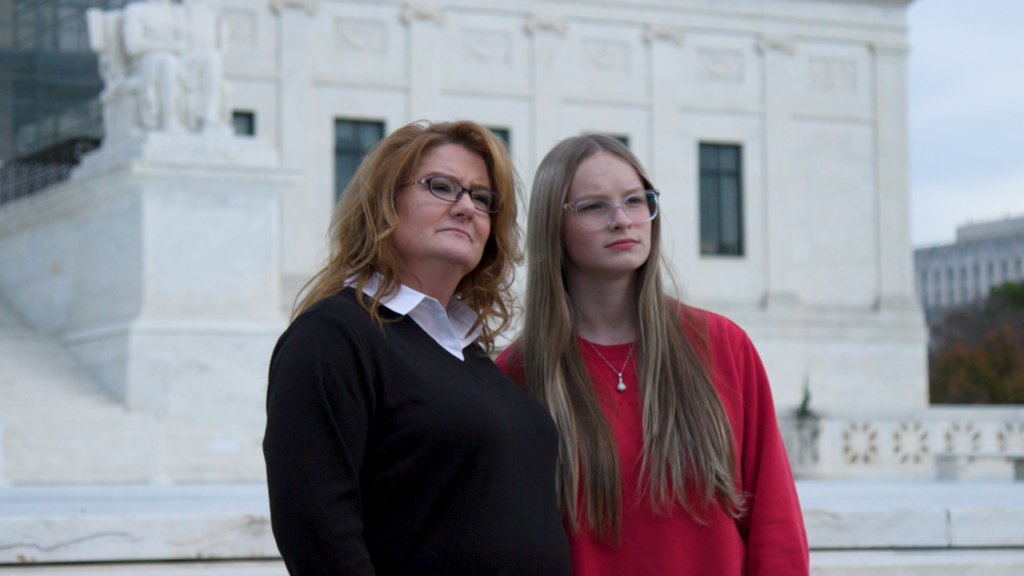





;Resize=805#)








